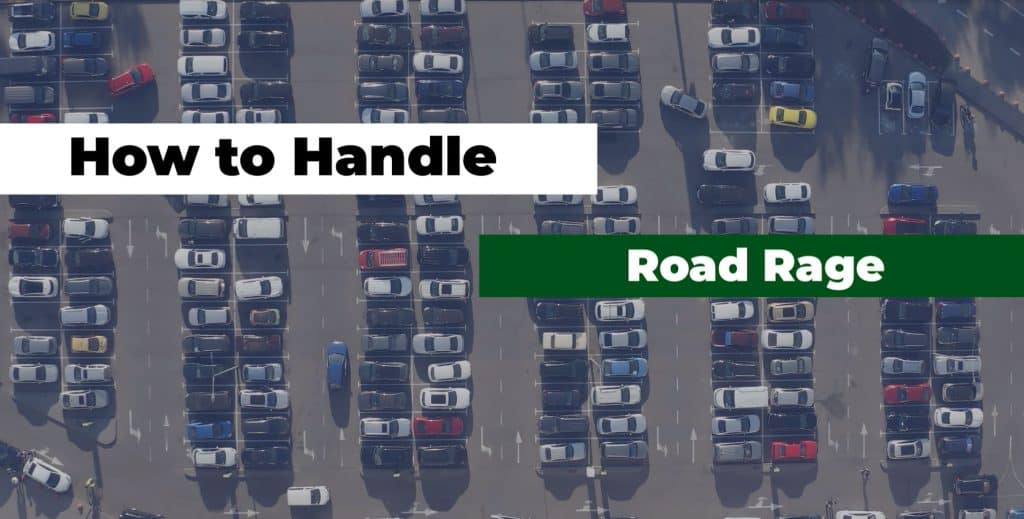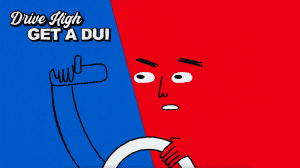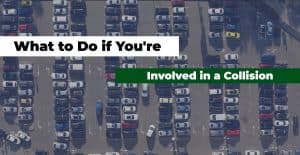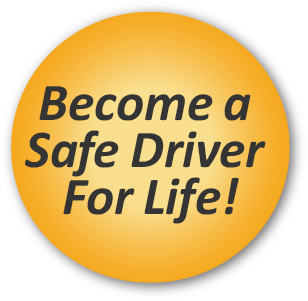Driving can be incredibly stressful for a multitude of reasons. From traffic jams, to distracted drivers, to getting cut off, and then sudden stops, lack of turn signals, wildlife crossings, and “almost” car crashes, there are endless reasons drivers can become frustrated, anxious, or overwhelmed. Getting behind the wheel requires patience, attentiveness, and preparation. Learning how to manage your own emotions while driving, as well as managing your reactions to aggressive drivers, are very important skills in facing the constant challenges on the road.
Managing Your Own Emotions While Driving
An important part of managing our emotions is recognizing when they first develop. Sometimes we don’t know what “triggers” us on the road but taking the important anger management steps below can help us avoid car accidents stay safe behind the wheel.
Breathe
While this may seem like an obvious one, it’s important to take slow and deep breaths, which can help de-escalate rising emotions. Deep breathing will increase the supply of oxygen to your brain, which stimulates the parasympathetic nervous system, thus promoting a state of calmness.
Cool Down
We all react differently to incoming threats, and sometimes another driver’s negligence or bad intentions can set us off. If you feel your anger, frustration, or anxiety escalating, it’s fine to pull over. Take a second to compose yourself. If you have the option to remove yourself, even just for a minute, it’s better than letting the heat of the present moment dictate your decisions while driving.
Concentrate
In some cases, you may not have the liberty to pull over right away in an emotional situation. It’s important to take your deep breaths and concentrate on defensive driving tactics: IPDE: Identify, Predict, Decide and Execute.
Reflect
You may already have experience dealing with your emotions, and those of other drivers. Sometimes even the excitement of taking a trip can influence how fast or volatile your driving is, which has the potential of creating issues with other drivers. It’s important, whether negative or positive, to take a moment to reflect on how our internal experiences can alter our driving behaviors. If we reflect, we are more likely to trust ourselves to remain calm or learn how we can better practice the tactics outlined above.
Road Rage and Managing Aggressive Driving by Other Drivers
To manage our emotions and how we respond to others while driving, it’s necessary to be aware of common factors that contribute to road rage. It is also important to know the signs of aggressive driving and road rage we might see on the road.
Common Contributors to Road Rage
Traffic
Traffic delays have the capacity to increase driver frustration, whether it’s long stoplights, or hitting traffic when you’re late heading somewhere. Impatience and frustration can cause drivers to cut each other off or bend a few rules to get ahead. Have you seen drivers not come to a full stop, or not respect the right of way on an on-ramp? This can feel unsafe and inconsiderate and can create frustration.
Distracted Driving
Many drivers may be distracted by texting or changing their music, which may cause them to forget to use their turn signal, or to not obey other traffic laws. When other drivers are negligent it can cause you to feel stress, anger, or frustration.
Egocentrism
Some drivers are egocentric and think they are the only ones on the road who matter. They may have reckless disregard for other drivers, drive like rules don’t apply to them, or tailgate and honk excessively until someone gets out of their way. When people drive as if everyone else is in the way, it can be tense and provoke anxiety in other drivers.
What Are Common Warning Signs of Road Rage?
Road rage can be displayed in many forms. Road range incidents can include everything from aggressive tailgating, incessant honking, yelling or cursing out the window, making angry gestures, and may even include cutting vehicles off on purpose, or blocking you from getting in their lane. The worst of all is when someone purposely hits another vehicle. Sometimes, angry drivers will threaten harm to someone in another car they feel has challenged them.
Tips for Handling Road Rage from Other Drivers
Now that we’ve covered contributors and signs of road rage, we can revisit how managing our own emotions will best help us in handling aggressive drivers.
De-escalate
Take a deep breath, and don’t engage with the other driver. By focusing on your own calmness, avoiding eye contact and ignoring the situation, you can help de-escalate the situation.
Evade
In addition to calming yourself down, the best thing to do is get away from the other driver. Safely change lanes, or exit the highway as soon as you can to maintain a safe distance and evade the aggressive driver.
Safety First
If you get followed by an aggressive driver, or motioned to pull over, DO NOT drive to your house or work. Your safety comes first, so take a deep breath, and drive to either a police station or a well populated public place and keep your doors locked. If you become threatened, call 911.
Document
If you’re able to manage the incident safely, you should try to document the license plate number and vehicle description of the aggressive driver. That way, if you’re able to report it, there’s a possibility it can deter the person from displaying that dangerous behavior again.
Conclusion
While you cannot control the driving behaviors of others, you can control your own. It starts with identifying the initial emotional escalation and taking the important deep breath. Managing your own emotions first will help keep you safe so you can calmly, and methodically, handle aggressive drivers and other threats on the road.













